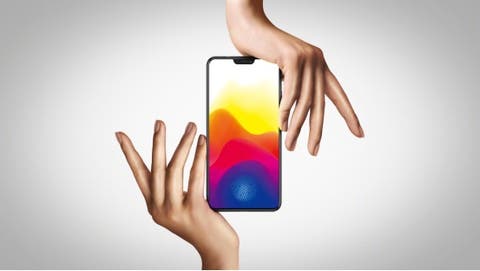The screen is the essential part of any smartphone. In particular, after Steve Jobs brought the first touchscreen phone (iPhone), the screen of handsets has gradually grown. Its form has been continuously evolving from the original 16:9 ratio to a screen with a higher proportion. Because of that, the front fingerprint scanner has had to move to other locations to make way for the full screen. This affected the user’s experience when using the fingerprint reader. So we should state the full-screen technology and the front fingering identification are considered to be a real puzzle.
Actually, there are four types of fingerprint recognition – front fingerprint scanner, back-mounted fingerprint scanner, side fingerprint scanner, and under-display fingerprint identification. In terms of experience, the back and side fingerprint scanners require an additional operation – users have to pick the phone up to use it, while the front fingerprint scanner affects the screen size and proportion. So the under-display fingerprint identification technology is the most convenient in the market.
At this moment, there are only two models coming with an under-display fingerprint recognition system – the VIVO X20 Plus UD and the newly announced VIVO X21. We know the manufacturer uses advanced optoelectronic fingerprinting solutions on both products. The working principle is when a finger touches the screen, the light emitted from the OLED screen penetrates the cover plate to illuminate the fingerprint texture. And the fingerprint reflected light penetrates the screen to reach the sensor and finally forms a fingerprint image to identify.
As for the VIVO X21, it is equipped with an optoelectronic fingerprinting module that works in the following way. The fingerprint image on the screen (where the finger should be placed for identification) will remain invisible if not required. So it won’t affect the visual effect and the display will be doing its main mission – to view a content. So thanks to the optical fingerprinting module, the VIVO X21’s experience is more natural and smoother.
Of course, this screen fingerprinting solution still needs to overcome the technical difficulties of R&D and mass production. Moreover, only VIVO could solve this problem. But this technology is going to be improved in the nearest future. We are looking forward to the subsequent half-screen or full-screen fingerprint identification program. Again, the concept phone named the VIVO APEX comes our way from the same manufacturer.
